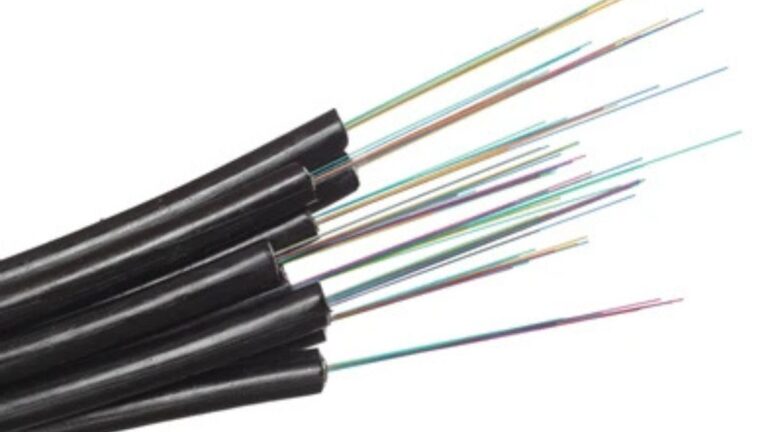In the world of modern optical applications, the term “flexible endoscope” has become synonymous with innovation and precision. These advanced medical devices are revolutionizing the way healthcare professionals visualize and diagnose a myriad of conditions. Central to the effectiveness of flexible endoscopes are light guide bundles, which play an essential role in ensuring optimal illumination and clarity. This article delves into the significance of flexible endoscopes and light guide bundles in enhancing medical imaging and their broader applications across various fields.
Understanding Flexible Endoscopes and Their Uses
Flexible endoscopes are medical instruments designed to navigate through the human body to visualize internal structures. Unlike rigid endoscopes, which can only be inserted into specific openings, flexible endoscopes can maneuver through curved paths, allowing doctors to examine various organs more comprehensively. They are primarily used in minimally invasive procedures, leading to quicker recovery times for patients. The flexibility of these endoscopes provides a unique advantage, enabling them to reach areas that rigid instruments cannot.
Light guide bundles are crucial components of flexible endoscopes, facilitating high-quality illumination. These bundles consist of numerous optical fibers that transport light from an external source into the endoscope. The use of light guide bundles ensures that the area being examined is well-lit, allowing for better visualization of tissues and structures. In essence, without light guide bundles, the efficacy of flexible endoscopes would be significantly compromised.
The Importance of Light Guide Bundles in Medical Imaging
Light guide bundles serve as the backbone of optical clarity in flexible endoscopes. By channeling light effectively, they illuminate dark recesses of the human body, making it easier for medical professionals to identify abnormalities. The quality of light provided by these bundles directly impacts the visibility and detail captured during an examination.
Furthermore, advancements in light guide bundle technology have allowed for even greater light transmission efficiency. This means that modern flexible endoscopes can now provide brighter, more consistent illumination, enhancing the accuracy of diagnoses. Consequently, the integration of high-quality light guide bundles has become a standard in endoscopic equipment, providing physicians with the tools they need to perform their jobs effectively.
Applications of Flexible Endoscopes Beyond Medical Settings
While flexible endoscopes are primarily recognized for their medical applications, their utility extends into various other fields. For example, flexible endoscopes are used in industrial settings for non-destructive testing, enabling technicians to inspect machinery and structures without disassembly. In the world of research, these endoscopes facilitate observations in confined spaces, such as examining the interiors of pipes or other hard-to-reach areas.
In addition, light guide bundles continue to play a pivotal role in these applications. The ability to transmit light efficiently allows technicians and researchers to visualize their environments accurately. Therefore, the partnership between flexible endoscopes and light guide bundles is not only limited to healthcare but also spans multiple industries, illustrating their versatility and importance.
How Light Guide Bundles Enhance Image Quality in Flexible Endoscopes
The quality of images produced by flexible endoscopes largely depends on the light they receive from light guide bundles. The effectiveness of these bundles can be evaluated based on several factors, including light transmission efficiency, durability, and flexibility. High-quality light guide bundles provide consistent light distribution, reducing shadows and enhancing image contrast.
Moreover, advancements in optical technology have led to the development of specialized light guide bundles designed for specific applications. For instance, certain bundles are engineered to emit specific wavelengths of light, which can be advantageous for particular diagnostic procedures. This targeted approach not only improves visualization but also minimizes potential damage to surrounding tissues, ensuring patient safety.
The Future of Flexible Endoscopes and Light Guide Bundles
As technology continues to advance, the future of flexible endoscopes and light guide bundles looks promising. Emerging technologies such as high-definition imaging, 3D visualization, and miniaturization are set to enhance the capabilities of flexible endoscopes further. These innovations will likely lead to even more effective light guide bundles, which will play an integral role in these advancements.
Additionally, ongoing research into new materials and designs for light guide bundles may result in even greater efficiency and durability. As healthcare becomes increasingly focused on minimally invasive techniques, the demand for high-quality flexible endoscopes and light guide bundles will continue to grow, reinforcing their importance in modern medical practices.
FAQs
- What are flexible endoscopes used for?
Flexible endoscopes are primarily used for visualizing internal organs during minimally invasive procedures, allowing healthcare professionals to diagnose and treat various conditions.
- How do light guide bundles work?
Light guide bundles consist of optical fibers that transmit light from an external source into the endoscope, illuminating the area being examined.
- Are there different types of light guide bundles?
Yes, there are various types of light guide bundles designed for specific applications, including those that emit particular wavelengths of light for enhanced visualization.
- Can flexible endoscopes be used outside of medical settings?
Absolutely. Flexible endoscopes are used in industrial applications, research, and even quality control inspections in manufacturing.
- What is the future of flexible endoscopes and light guide bundles?
The future looks promising, with advancements in imaging technology and materials that may enhance the capabilities and efficiency of these critical tools.
Conclusion
In summary, the combination of flexible endoscopes and light guide bundles has revolutionized the field of medical imaging and various other applications. Flexible endoscopes offer unmatched maneuverability, while light guide bundles ensure that these instruments provide the illumination necessary for accurate diagnosis and treatment. As technology continues to advance, the synergy between these two components will undoubtedly lead to more significant improvements in optical applications. The ongoing research and development in this area will pave the way for even more efficient and effective tools that enhance both healthcare and industrial practices.
